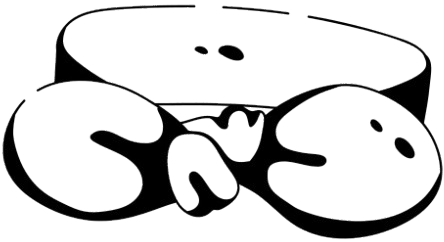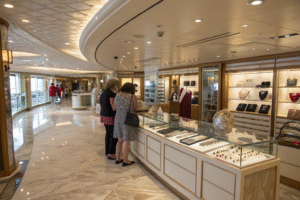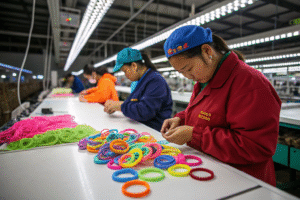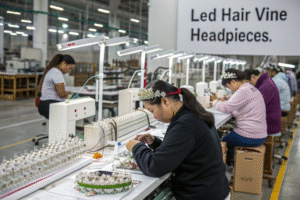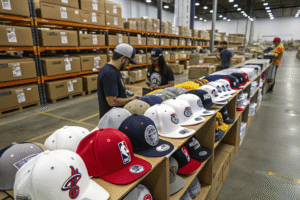With rising import duties on Chinese goods, US-based buyers of hair accessories are facing increased pressure on cost control. Tariffs can add 10%–25% to your landed price, eating into your profit margins. But the right Chinese manufacturer can do more than produce great products—they can help you legally and strategically reduce your tariff exposure.
A knowledgeable hair accessories factory can reduce US import tariffs through optimized HS code classification, product restructuring, bonded warehousing, DDP shipping, and sourcing from FTA countries when needed.
At HairAcc, we’ve worked with importers, brands, and trade consultants to find creative, compliant ways to ease tariff burdens. In this article, I’ll show you how.
Can correct HS codes reduce your tariff rate?
The right product classification can cut your duties instantly.
Hair accessory factories can suggest accurate, lower-duty HS codes based on material content, usage, or product structure—within legal US customs guidelines.

How can classification lower your duty rate?
Products like plastic hair clips may fall under 3926.90 (6.5% duty), while elastic textile ties could enter under 6117.80 (14%). But slight changes—like altering material ratio or labeling it as a “headgear accessory”—can reduce the rate or exempt it under low-value thresholds.
Our documentation team works with customs brokers to suggest compliant codes based on form, use, and construction.
Is it legal to reclassify products?
Yes, if supported by commercial invoice details and material breakdowns. We follow CBP classification rulings and work with trade lawyers to avoid misclassification penalties. Transparency is key—don’t guess; work with your manufacturer and broker closely.
What role does DDP shipping play in avoiding tariffs?
DDP shipping simplifies your imports and consolidates costs.
Factories offering DDP (Delivered Duty Paid) can prepay duties, split shipping methods, or route goods through bonded zones to lower your final landed cost.

How does DDP reduce the importer’s burden?
DDP means the seller (our factory) takes care of everything—shipping, customs clearance, and duty payment—before the goods reach you. For many small importers, this means fewer headaches and lower hidden fees.
We use consolidated customs clearance under DDP to help lower your entry cost, especially when multiple orders are combined.
Are DDP shipments always legal?
Yes—when done transparently with proper IOR (Importer of Record) documentation. We work with US agents and logistics partners to ensure all DDP shipments are filed in accordance with CBP requirements.
Can modifying materials lower your duty exposure?
Smart material choices don’t just affect design—they affect tariffs.
By adjusting the composition of a product, factories can help buyers benefit from HS codes with lower duty rates.

How can materials affect import taxes?
The US Harmonized Tariff Schedule applies different rates based on material. A metal bobby pin may carry a higher duty than a similar textile-covered one. We often help buyers switch to blended materials to meet a lower rate bracket.
For example, covering a plastic claw clip with textile can shift it from 3926.90 to 6117.80, which may avoid additional China-specific 301 tariffs.
What tools do factories use to help?
We use digital material tracking tools and Bill of Materials (BOM) to prepare costed specs with exact content ratios—supporting our clients during customs inspections and post-entry audits.
What about using Free Trade Zones or third countries?
Yes—geography can offer relief.
Factories with bonded warehouse partners or supplier networks in low-tariff countries can help buyers avoid Section 301 duties on Chinese-made goods.

Can goods be rerouted through free trade partners?
In some cases, yes. For example, we’ve worked with clients to send semi-finished goods to Vietnam or Cambodia for final stitching or packaging. This can qualify them under different origin rules—bypassing Section 301 tariffs on “Made in China” labels.
This is only feasible for large orders, as added logistics must be cost-effective.
What’s a bonded zone and how does it help?
A bonded warehouse is a secure facility where goods can be stored or processed without being subject to import duties until they enter the domestic market. Some clients ship to US FTZs (Foreign Trade Zones) and only declare when selling, reducing cash flow pressure.
We can ship directly to FTZs if the buyer is registered.
Conclusion
Tariffs are real—but they don’t have to crush your margins. A smart factory partner helps you explore every compliant way to reduce duty exposure. From clever HS codes and material tweaks to DDP logistics and FTZ routing, the right strategies make a big impact.
At HairAcc, we combine fashion expertise with trade strategy. If you're a US importer struggling with duties on hair accessories, we’d be glad to share what’s worked for other brands—and help you land your goods with less stress and more savings.
